Farthest Frontier 1.0 Review: A Deep and Beautiful City Builder That Tests Your Survival Skills
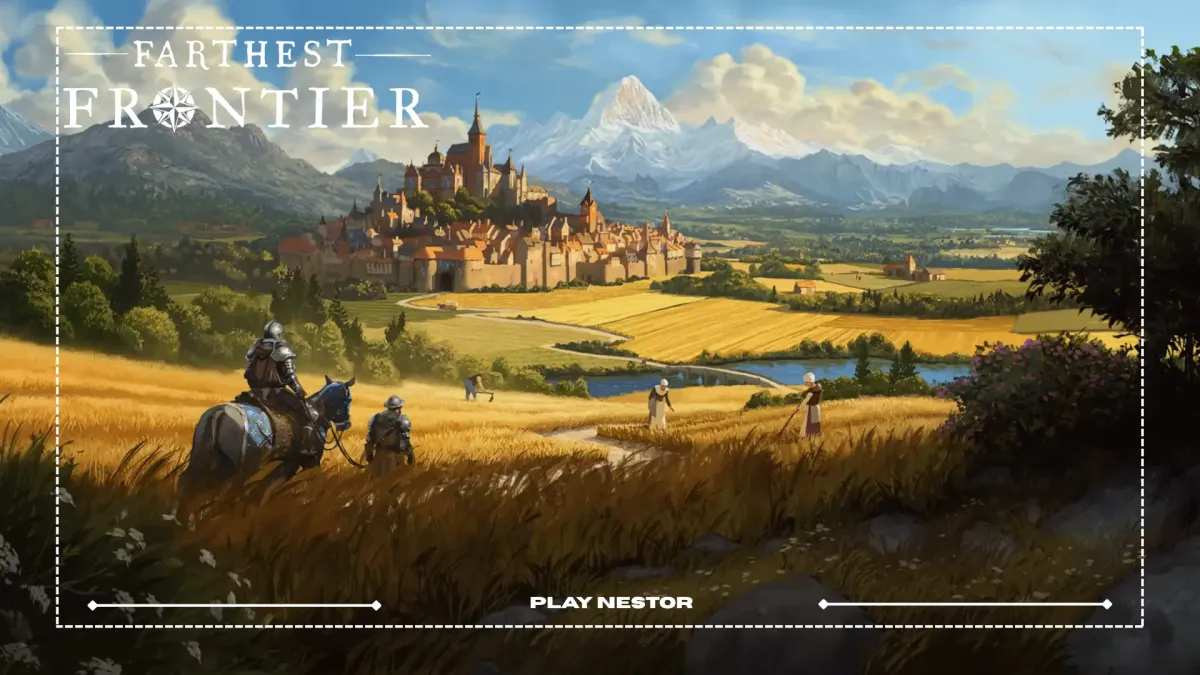
Introduction
Farthest Frontier 1.0 is finally here — and it’s every bit the city-building experience long-time fans of Banished have been waiting for. Developed and published by Crate Entertainment, the game fully launched on October 23, 2025, after years in Early Access.
With an 87% positive rating on Steam and a solid Metacritic score of 83, it’s clear players are connecting with its grounded approach to survival and town management. But this isn’t your usual fast-paced builder — it’s a methodical, detail-rich experience that rewards patience and planning.
If you enjoy building slow, living worlds where every harvest matters and every villager’s life feels earned, Farthest Frontier might just be your next long-term obsession.
Note: Check city builder Manor Lords latest update here.
Also, checkout the official launch trailer of Farthest Frontier here.
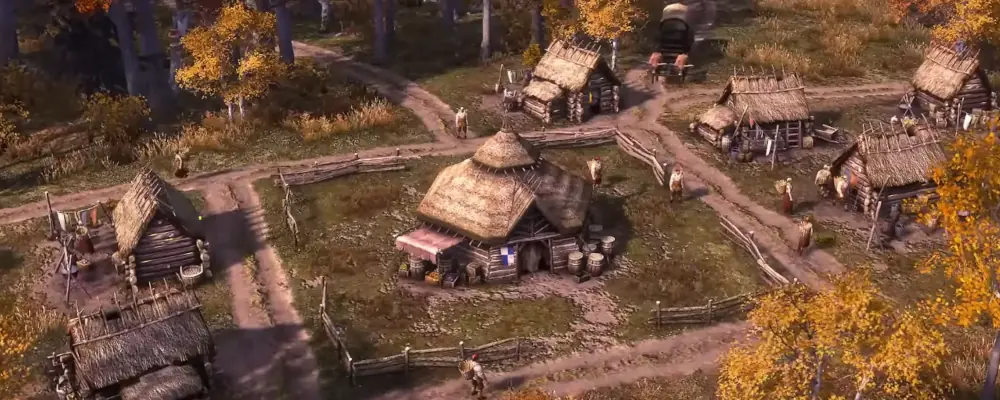
Gameplay: Survival Over Speed
At its core, Farthest Frontier isn’t about rapid expansion or quick victories. It’s about surviving — one season at a time. You start with a small group of settlers at the edge of civilization, trying to forge a home from the wilderness.
You’ll harvest raw materials, hunt, fish, and farm to keep your people alive. The economy is layered and interconnected — produce 32 different crafted items, manage 16 resources, and grow 19 types of food. Every piece of this system feeds into something else, forcing you to think several steps ahead.
The pace is deliberately slow. Even on triple speed, some players might find the progress too relaxed. But for others, this slow rhythm is exactly the charm — it allows you to plan, observe, and appreciate your growing settlement.
Building and Progression
Building in Farthest Frontier feels rewarding. With over 190 different buildings and a 140+ point tech tree, the sense of progress is constant.
Your town evolves from a humble camp to a thriving city. Upgrading structures unlocks new production tiers, and as you advance, you’ll manage everything from housing layouts to religious relics that influence your people’s faith.
There’s also a subtle beauty in how your town feels alive. Villagers walk to work, carry goods, and react to weather or disease. Watching them adapt gives your settlement a pulse that few city builders capture.
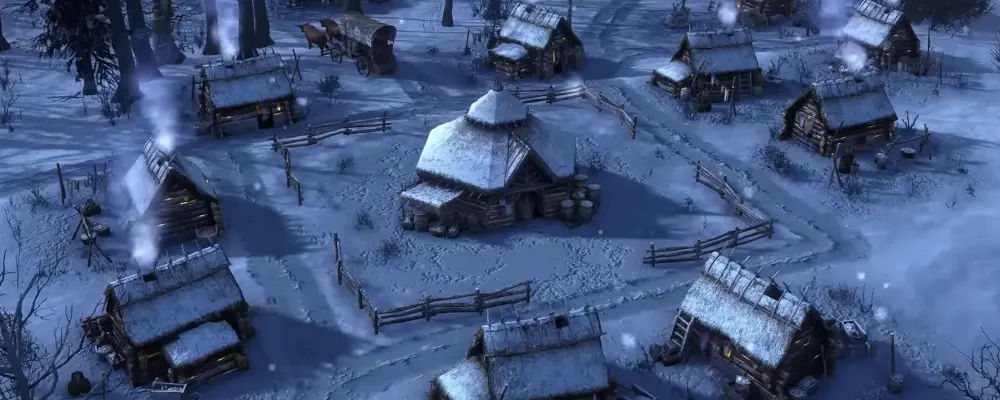
Farming and Crop Rotation: The Heart of the Game
The game’s farming system deserves its own spotlight. Farthest Frontier arguably has the most detailed crop rotation system in any city builder to date.
You manage 12 distinct crops, each with unique soil, fertility, and weather preferences. You’ll rotate them strategically to maintain soil health, prevent frost or heat damage, and stop disease buildup. It’s not just micromanagement — it’s science.
Each season, you’ll adjust field layouts, clear rocks and weeds, and balance fertility to keep production stable. Getting it right feels deeply satisfying. Getting it wrong? Your people go hungry — and the consequences hit hard.
Environmental and Survival Systems
Nature isn’t just scenery here — it’s a force to manage. You’ll need to balance land clearing with resource preservation. Too much deforestation, and water tables drop. Leave too much wild growth, and deer or bears might raid your fields.
Diseases are another layer of realism. Your villagers can contract everything from dysentery to frostbite. Keeping clean water, diverse diets, and proper clothing becomes essential.
This interconnected web of systems means every choice has weight. You’re not just building — you’re constantly reacting to what the world throws at you.
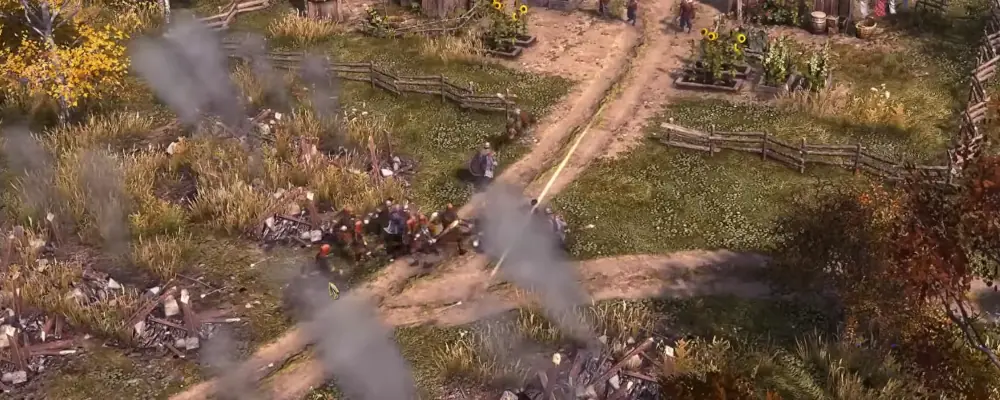
Combat and Pacifist Options
For those who want pure city-building, Farthest Frontier offers a pacifist mode, turning off raiders and combat entirely. But if you prefer tension, you can ramp up the difficulty and prepare for invasion.
Defensive progression goes from wooden palisades to stone walls, with towers, barracks, and trained soldiers ready to defend your town. The combat isn’t the game’s main focus, but it adds meaningful stakes when raids start coming in.
Graphics and Presentation
Visually, Farthest Frontier is stunning. The environments look handcrafted — with lush forests, rolling fields, and weather effects that feel alive. Seasons change seamlessly, crops grow and die, and villagers move naturally through detailed animations.
The camera work allows cinematic freedom — zoom in close to follow a single villager, or pull back for a peaceful panorama of your growing town. Combined with the ambient sound design and gentle soundtrack, it’s an experience that feels both relaxing and immersive.
Performance and System Requirements
Despite its detailed visuals, the game runs surprisingly well for most setups.
Minimum Requirements:
- OS: Windows 10 (64-bit)
- CPU: Intel i5-3470 / AMD FX 8120
- RAM: 8 GB
- GPU: GTX 780 / R9 290 (3 GB VRAM)
- Storage: 4 GB
Recommended:
- CPU: Intel i5-4690 / AMD Ryzen 5 1600x
- RAM: 16 GB
- GPU: GTX 980 / RX 590 (4 GB VRAM)
Crate Entertainment also included a variety of settings for performance tweaking, making it accessible to mid-range systems without too many compromises.
Community and Developer Support
Crate Entertainment has built a strong reputation for supporting its games — and Farthest Frontier continues that trend. The developers actively engage with the community, fix bugs quickly, and regularly roll out patches.
Players often highlight how responsive Crate is to feedback, with the 1.0 update being a major leap forward from its Early Access version.
Player Impressions
Here’s what players are saying:
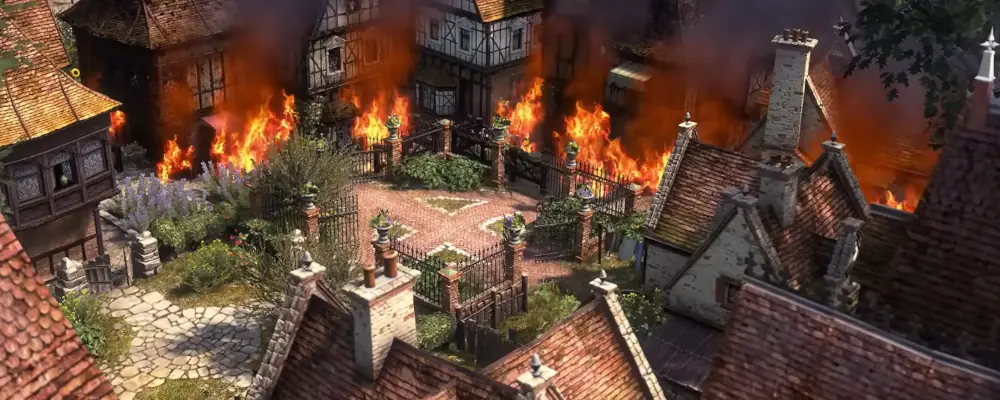
- “It could be Banished 2, or rather Banished 10. It’s deeper, bigger, and more beautiful.”
- “Feels like a mix between Oregon Trail, SimCity, and Age of Empires.”
- “A true successor to Banished. Relaxing yet challenging.”
- “If you like slow, thoughtful city builders, this is for you.”
Of course, not everyone loves the pacing. Some reviews mention that even at triple speed, the game can feel too slow. Others cite occasional AI quirks and balancing issues with food spoilage or fire spread.
But the overall tone is overwhelmingly positive — players appreciate its depth, realism, and atmosphere.
Final Verdict
Farthest Frontier 1.0 isn’t trying to reinvent the city-building genre — it’s perfecting it. It’s a slow, detailed, and thoughtful experience built for players who love planning and management over instant gratification.
If you’re after a relaxing yet challenging simulation, this game delivers in spades. But if you prefer the faster pace of Anno or Cities: Skylines, you might find it too methodical.
Still, for fans of Banished and other survival builders, Farthest Frontier is easily one of the best city builders of the decade — immersive, beautiful, and endlessly rewarding.
Score: 9/10
Farthest Frontier FAQ
Q: What is Farthest Frontier about?
A: It’s a survival city builder where you guide settlers to build a thriving town from wilderness, managing farming, crafting, and defense.
Q: Is Farthest Frontier 1.0 out now?
A: Yes, the full version launched on October 23, 2025 on PC.
Q: Does the game support mods?
A: Yes. It includes Steam Workshop integration with Unity tools for full mod support.
Q: How does farming and crop rotation work?
A: Each crop has different needs — you rotate and maintain fields to preserve fertility, prevent disease, and boost yield.
Q: Can you play without combat?
A: Absolutely. The Pacifist Mode allows peaceful play with no raids or combat.
Q: How does it compare to Manor Lords or Banished?
A: It’s closer to Banished in spirit — slower and more survival-focused, while Manor Lords leans more into medieval warfare and realism.
Q: What are the system requirements?
A: You’ll need at least an Intel i5-3470 and GTX 780 (3 GB), but it runs best on i5-4690 / GTX 980 (4 GB) with 16 GB RAM.
Summary
Farthest Frontier is a love letter to patient builders — a game that values thought, planning, and detail over speed. It’s as beautiful as it is brutal, and every harvest, disease, and raider attack makes your survival story feel earned.
If you want a slow-burn city builder that respects your time and intelligence, this one’s worth every minute.


Comments ()